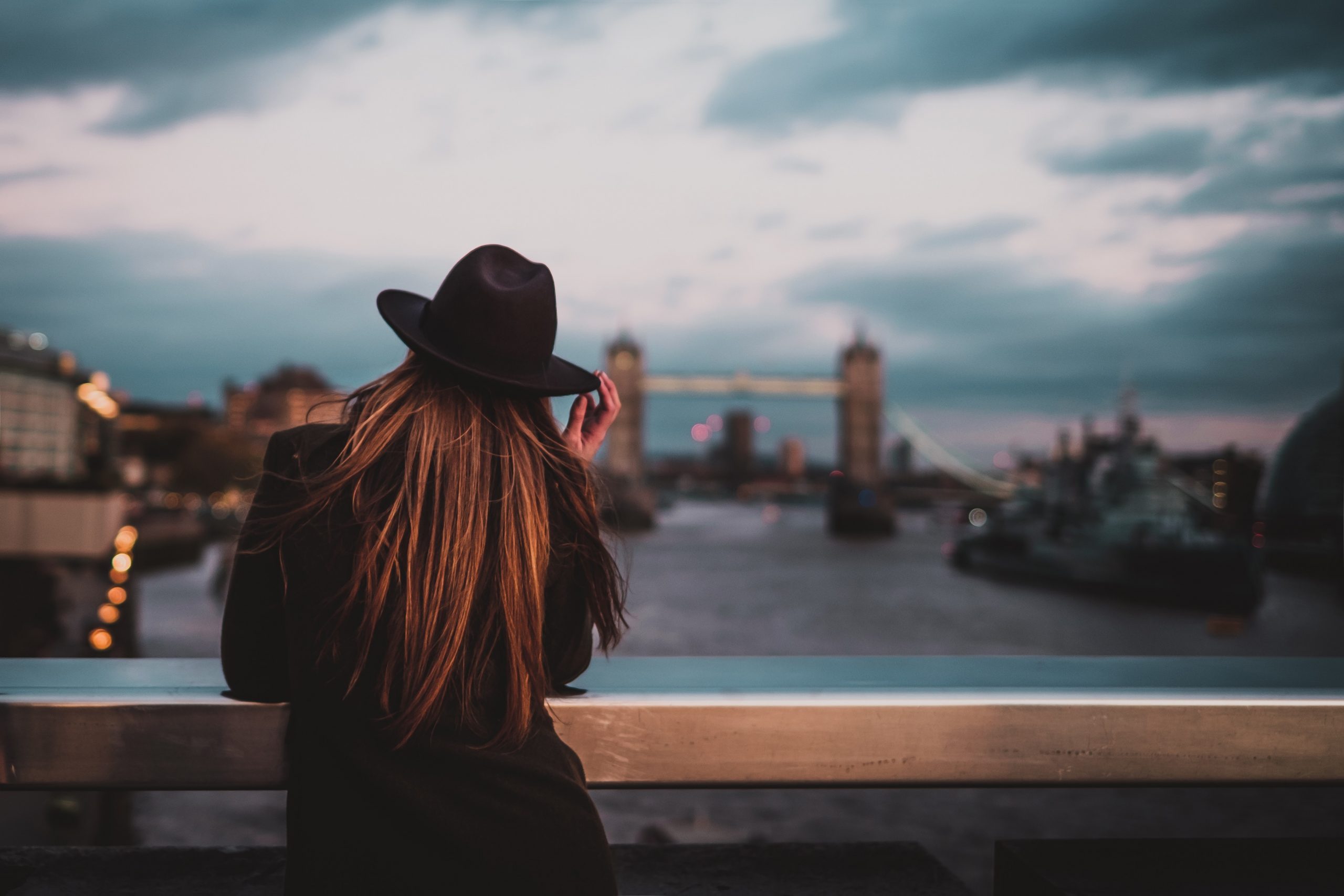Heading to the UK? Check out the queerest sites in England.
If you’re travelling to England this summer (or you live in the UK) and you’re looking for something which celebrates and commemorates LGBTQ+ history, then you’re in luck. We’ve got loads!
The history of LGBTQ+ men, women, and non-binary folks in England did not start at some vague point in the 20th Century, as I feel like I’m always telling bigots online. In fact, dates back to the first people ever to arrive in Britain. Our history is as much a part of the British Isles as the monarchy, inclement weather, and wars with France. Hell, sex between men was first criminalized in the year 43, during the Roman Conquest of Britain. Some historians even argue that in order to subvert the homophobic law, many men underwent castrations so that they could continue their relationships. This does, however, make me rethink the “What have the Romans ever done for us?” sketch in Monty Python.
1. Marble Arch, London
Source: Stephen McKay, Wikipedia
Although, I mentioned above that the Romans criminalized sex between men. Thankfully, this law was removed when the Roman Conquest of Britain ended, but unfortunately, this didn’t last. Henry VIII, a man most well-known for creating a whole new religion in order to get his leg over, never being entirely sure which of his children he categorized as bastards, and chopping off the heads of two wives, brought in the death penalty for men who had sex with men in the Buggery Act of 1533. He was a really chill dude. The most notorious execution site for men convicted of this crime was the Tyburn Tree Gallows, which sat on the current site of the Marble Arch. The last people to be executed under this Act were James Pratt and John Smith in 1835, a mere 300 years later.
2. Highbury Fields, London

Source: London Remembers
This unassuming little building was the site of the first organized gay rights rally in the UK on November 27, 1970. Around 150 members of the Gay Liberation Front (GLF) protested against the prosecution of Louis Eakes, who was accused of soliciting sex from another man, and general police harassment of the LGBTQ+ community with a torch lit vigil. It was commemorated with a plaque in November 2000.
3. Shibden Hall, York

Source: Alexander P Kapp, Wikipedia
This manor house was once the home of Anne Lister, who has been described as “the first modern lesbian”, and her wife Ann Walker. Lister knew that she had to keep her orientation and her relationships secret from the nobility in order to maintain her position within society, so she romanced her female partners in a hut on the grounds. She even wrote about these affairs in coded diaries. In 1834, Lister and Walker conducted marriage rituals by exchanging rings with vows and attending Holy Communion together before moving in together.
4. Oxford Street, London

Source: Ysangkok, Wikipedia
While it may look like any ordinary shopping precinct, Oxford Street was actually the starting point for Britain’s first ever Pride Parade, organized by the GLF. On July 1, 1972, approximately 2,000 people marched from there to Hyde Park. Some wore extravagant costumes, some held banners mocking homophobes, including ‘morality’ campaigner Mary Whitehouse, and some held hands with or kissed their partners. This was a big deal! LGBTQ+ rights campaigner Peter Tatchell notes that this was an act of defiance by the people in attendance.
He said: “It was more than good fun. Same-sex kissing in public was, in 1972, illegal…The cowardly Metropolitan Police would have arrested us if we were lone gay couples kissing, but they dared not arrest [all] of us.”
5. Albert Square, Manchester

Source: Matt Cox, Wikipedia
In 1988, Section 28 of the UK’s Local Government Act banned local authorities from ‘promoting’ homosexuality in a similar way to the ban on homosexual ‘propaganda’ in Russia today. Its damage was mainly felt in schools, where LGBTQ+ pupils were prevented from receiving appropriate sex and relationship education and LGBTQ+ teachers lived in fear of their sexuality/gender identity being revealed. On February 20, 1988, 20,000 people gathered in Manchester’s Albert Square to protest this ban, using the slogan ‘Never Going Underground’. Section 28 was not lifted until 2003 by which time it had already wreaked havoc on a generation.
What did you think of the LGBTQ+ history sites included here? Have you visited any of them? Are you planning to visit any of them? Are there any sites that you would recommend? Let me know in the comments below.
